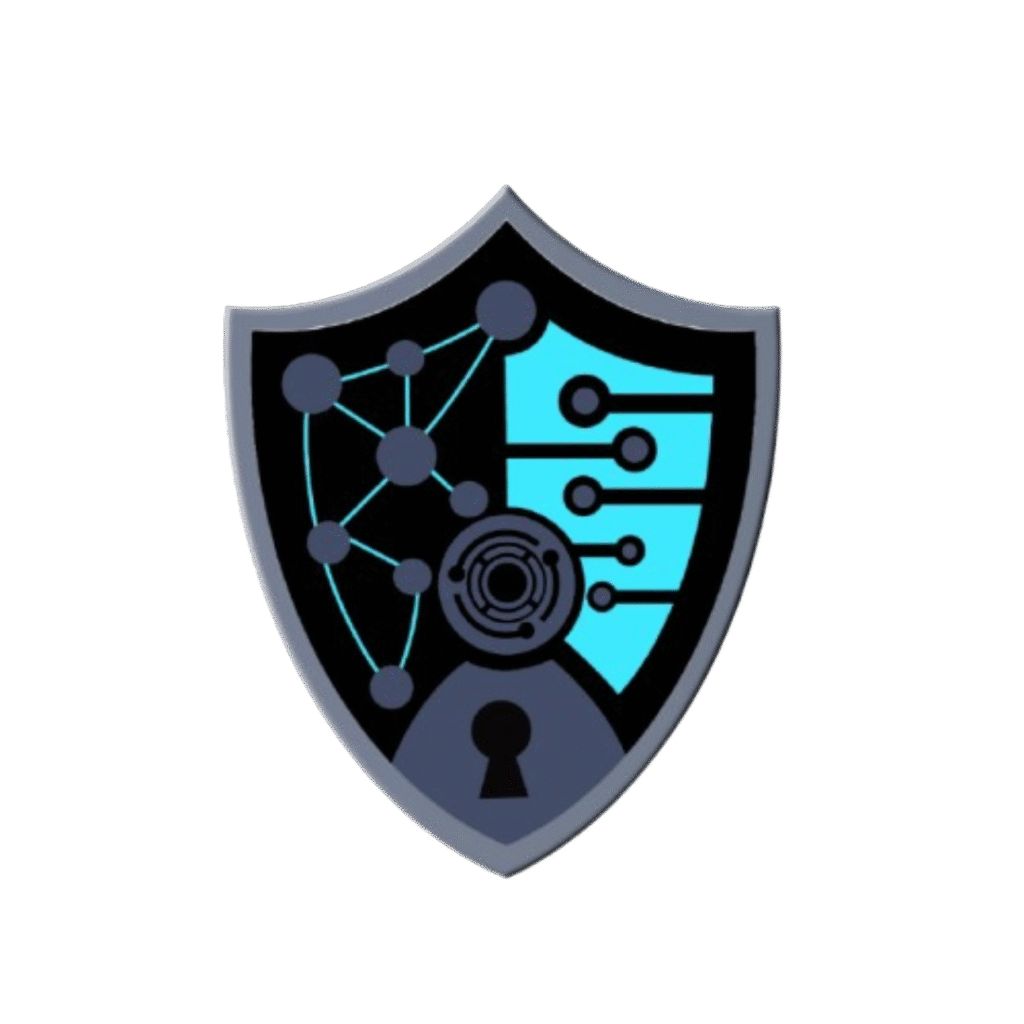Introduction
As we step deeper into the digital age, cybersecurity threats are evolving faster than ever. With the rise of Artificial Intelligence (AI), cybercriminals are no longer relying solely on traditional hacking techniques. In 2025, we are witnessing an unprecedented wave of AI-powered cyberattacks targeting WordPress websites, making it more challenging for businesses, bloggers, and e-commerce owners to stay secure.
How AI is Revolutionizing WordPress Cyberattacks
AI-driven hacking techniques allow cybercriminals to automate and refine their attacks, making them more intelligent, adaptable, and harder to detect. Here are some of the most alarming ways AI is being used to compromise WordPress websites:
- AI-Powered Brute Force Attacks
Traditional brute force attacks guessed passwords randomly, but AI now analyzes common password patterns, user behaviors, and leaked credentials to crack WordPress login details more efficiently. Weak passwords and outdated authentication methods are at high risk.
- AI-Enhanced Phishing & Fake Plugin Attacks
Hackers are now using AI to create realistic phishing emails targeting WordPress admins. These emails often mimic hosting providers or security services, tricking users into downloading fake updates or malicious plugins that compromise their sites.
- AI-Powered Malware & Automated Exploits
Malware is evolving autonomously. AI-powered malware can adapt in real-time, learning from site structures and hiding within legitimate WordPress files to evade detection. These attacks exploit outdated plugins, themes, and core vulnerabilities.
- Smart Botnets Attacking WordPress Sites
AI-powered botnets can take over thousands of compromised WordPress sites, launching DDoS attacks, spam campaigns, and automated hacking attempts without human intervention. These botnets are becoming increasingly sophisticated and difficult to neutralize.
- AI-Generated Fake Content & SEO Poisoning
Cybercriminals are using AI to create fake blogs, product reviews, and spam content on hacked WordPress sites. These posts damage SEO rankings, inject malicious links, and manipulate search engine results to drive traffic to phishing sites.
The Growing Threat to WordPress Site Owners
Organizations and individual site owners are at risk. Small business websites, often lacking strong security measures, are becoming prime targets. Meanwhile, large enterprises face AI-powered scraping, data theft, and automated SEO attacks, making WordPress security more critical than ever.
How to Defend Your WordPress Site Against AI Cyberattacks
While AI is being weaponized by cybercriminals, it is also a powerful defense tool when used correctly. Here’s how WordPress site owners can stay protected:
✅ Enable Two-Factor Authentication (2FA) – Protect your login with an extra layer of security using Google Authenticator or security keys.
✅ Use AI-Powered Security Plugins – Install AI-driven security plugins like Wordfence or Sucuri that detect and mitigate threats in real time.
✅ Keep WordPress & Plugins Updated – Regularly update your WordPress core, themes, and plugins to fix security vulnerabilities before hackers exploit them.
✅ Limit Login Attempts & Use CAPTCHA – Prevent automated brute force attacks by restricting login attempts and enabling reCAPTCHA.
✅ Scan for Malware & Clean Hacked Sites – Use security scanners to detect and remove malware before it spreads.
✅ Harden Your WordPress Security – Disable XML-RPC, restrict file editing, and use strong firewalls to block malicious traffic.
Conclusion
AI-powered cyberattacks on WordPress sites in 2025 are more sophisticated and dangerous than ever. While technology continues to evolve, so do the threats that come with it. The key to staying safe is proactive defense, continuous learning, and leveraging AI-powered security tools. WordPress site owners must stay one step ahead in this ever-changing digital battleground.
